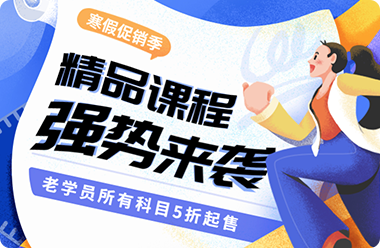3.In 1637 the French philosopher-mathematician Rene Descartes predicted that it would never be possible to make a machine that thinks as humans do. In 1950, the British mathematician and computer pioneer Alan Turing declared that one day there would be a machine that duplicate human intelligence in every way and prove it by passing a specialized test. In this test, a computer and a human hidden from view would be asked random identical questions, if the computer were successful; the questioner would be unable to distinguish the machine from the person by the answers.
Inspired by Turing's theory, the first conference on AI convened at Dartmouth College in New Hampshire in 1956. Soon afterwards an AI laboratory was started at Massachusetts Institute of Technology by John McCarthy and Marvin Minsky, two of the nation's leading AI proponents. McCarthy also invented the AI computer language, Lisp; but by the early 1990s AI itself had not been achieved. However, logic programs called expert systems allow computers to "make, decisions" by interpreting data and selecting from among alternatives. Technicians can run programs used in complex medical diagnosis, language translation, mineral exploration, and even computer design.
Machinery can outperform humans physically. So, too, can computers outperform mental functions in limited areas--notably in the speed of mathematical calculations. For example, the fastest computers developed are able to perform roughly 10 billion calculations per second. But making more powerful computers will probably not be the way to create a machine capable of passing the Turing test. Computer programs operate according to set procedures, or logic steps, called algorithms (算法). In addition, most computers do serial processing: operations of recognition and computation are performed one at a time. The brain works in a manner called parallel processing, performing operations simultaneously. To achieve simulated (模拟) parallel processing, some supercomputers have been made with multiple processors to follow several algorithms at the same time.
Critics of this approach insist that solving a computation does not indicate understanding, something a person who solved a problem would have. Human reasoning is not based solely on rules of logic. It involves perception, awareness, emotional preferences, values, evaluating experience, the ability to generalize and weigh options, and more. Some proponents of A1 have, therefore, suggested that computers should be patterned after the human brain, which essentially consists of a network of nerve cells.
By the early 1990s, the closest approximation to AI was a special silicon chip built to behave like a human brain cell. It was modeled after the internal workings of neurons in the human cerebral context. Unlike the conventional silicon ship, which works in digital mode, the new silicon chip works in analog mode, much the way a human brain cell works.(5分)
3.1 According to Turing, a computer can prove to have human-like intelligence in a special test if____(1分)
A. the computer gives better answers
B. the questioner fails to give identical questions
C. the questioner can't tell between the answers of a person and a computer
D. The questioner can't find the person hidden by the computer
